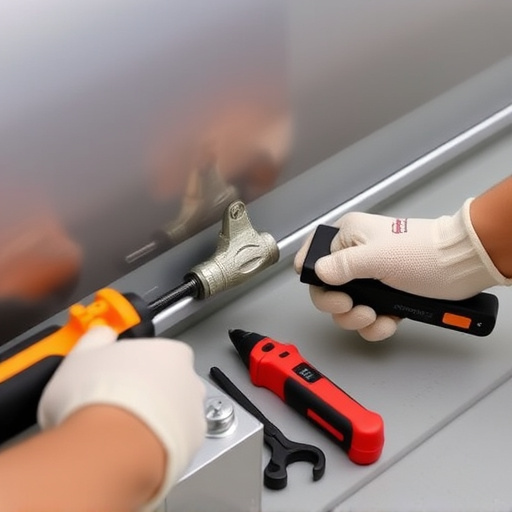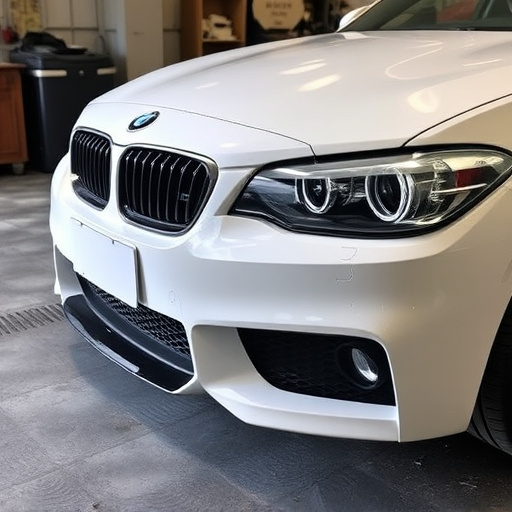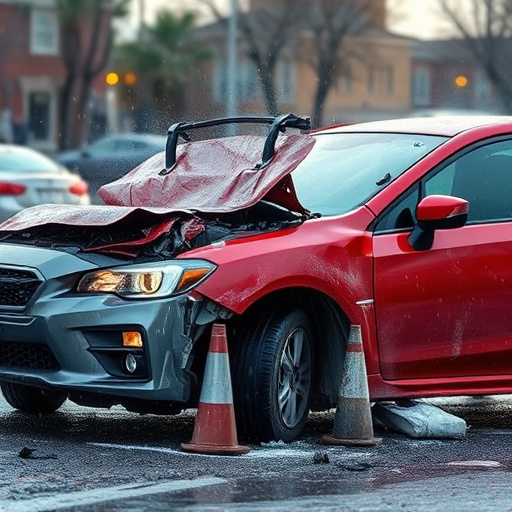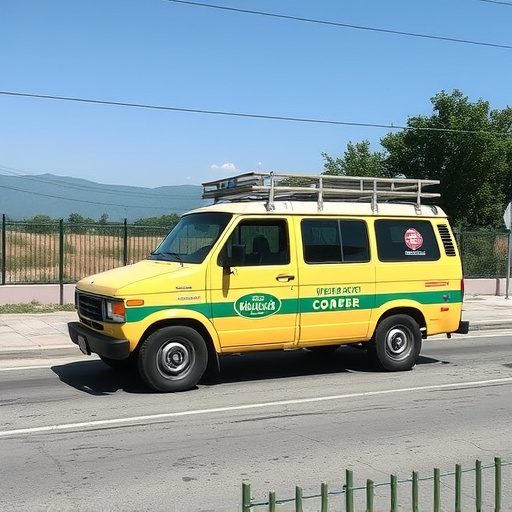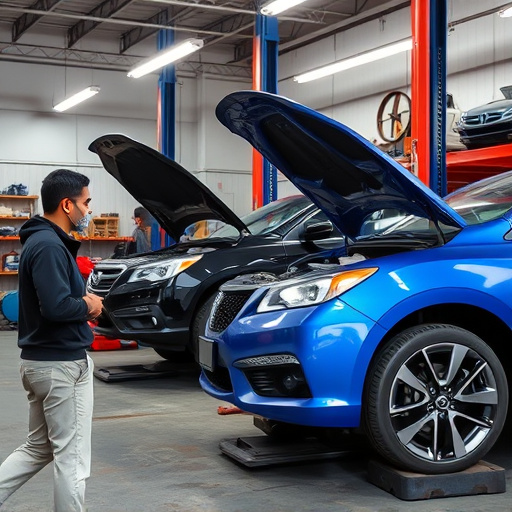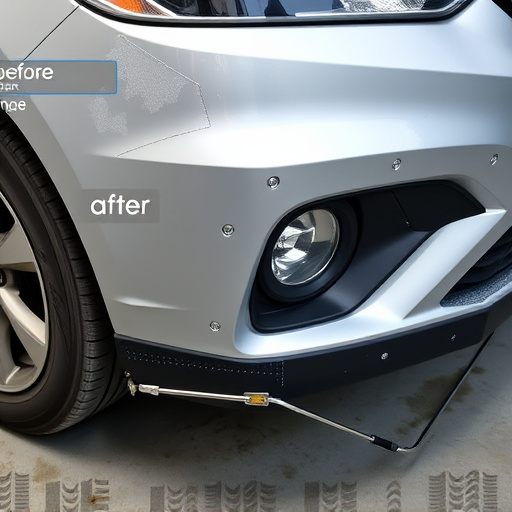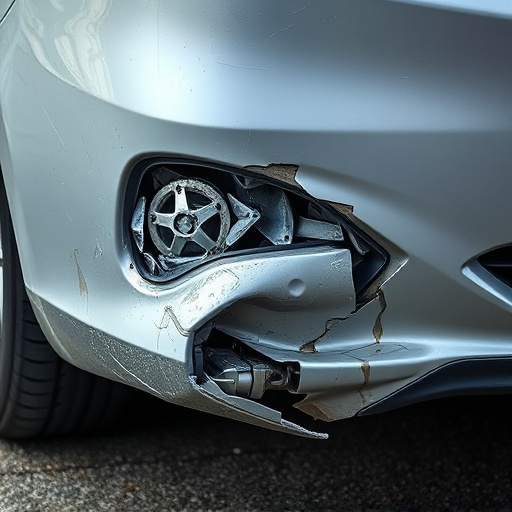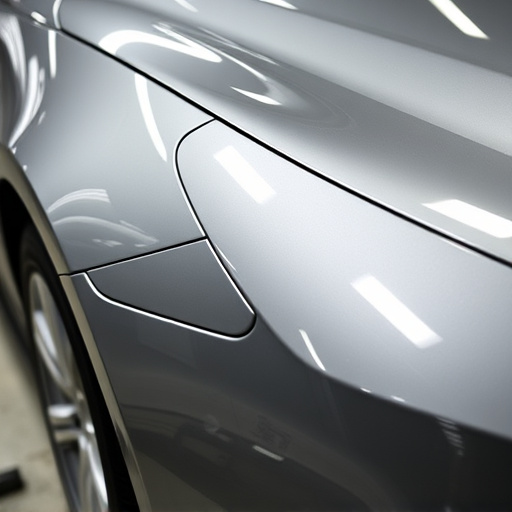Post-accident frame analysis involves using 3D scanning and CAD software to create digital models of vehicles, detect hidden damage, and determine repair complexity. Duration varies based on damage severity, part availability, chosen methods, and weather. Efficient navigation with advanced tools speeds up initial inspections, ensuring comprehensive damage assessment for faster, safer repairs.
Post-accident investigations are crucial for understanding and preventing future incidents. The post-accident frame analysis process involves meticulous examination of evidence and data to identify root causes. This article delves into the typical duration of such analyses, exploring key factors like complexity, industry regulations, and available resources. We also offer strategies for efficient navigation, emphasizing that a structured approach can significantly expedite results in this critical process.
- Understanding Post-Accident Frame Analysis Process
- Key Factors Influencing Analysis Timeframe
- Efficient Navigation for Faster Results
Understanding Post-Accident Frame Analysis Process
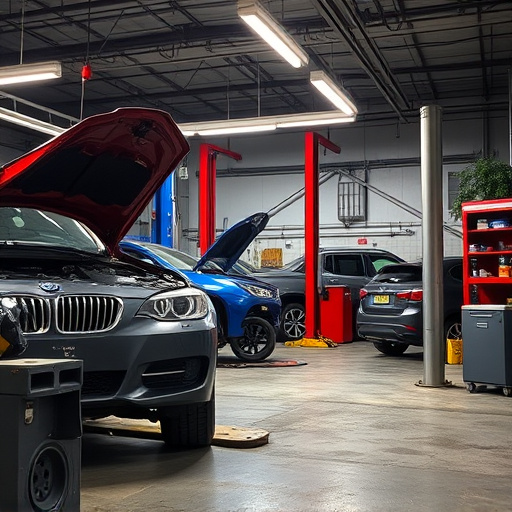
Post-accident frame analysis is a meticulous process that involves examining and documenting the damage sustained by a vehicle during a collision. It’s not merely about assessing the physical dents or cracks; it delves into the structural integrity of various components, ensuring safety and proper repair. This analysis is crucial for several reasons. Firstly, it helps determine the extent of the damage, which directly impacts the complexity of the subsequent car dent repair or restoration process. Secondly, it plays a vital role in insurance claims, providing an accurate account of the incident’s impact on the vehicle.
The process begins with a thorough visual inspection to identify visible dents, cracks, or misalignments. Advanced tools and techniques, including 3D scanning and computer-aided design software, are then employed to capture detailed measurements and create digital models. These models enable professionals in car repair shops to analyze the vehicle’s frame, detect hidden damage, and assess the need for replacement parts. The entire post-accident frame analysis typically takes several days, ensuring that repairs are not only efficient but also safe and of high quality, whether it’s a simple dent repair or more complex structural restoration.
Key Factors Influencing Analysis Timeframe
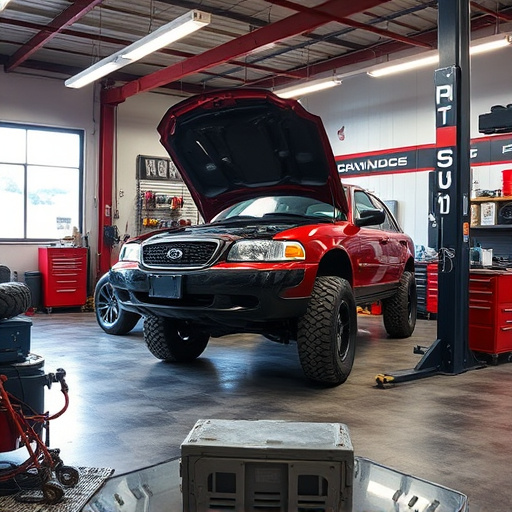
Several key factors significantly influence how long post-accident frame analysis takes. The complexity of the damage is a primary determinant; minor dents and scratches will require less time than extensive crumple zones or structural damage that necessitates specialized equipment for precise measurement and evaluation. Another crucial factor is the availability of replacement parts, especially for unique or vintage vehicles. Delays in obtaining specific auto body parts can extend the analysis and repair process.
The type of analysis method employed also plays a role. Traditional manual measurements versus advanced digital scanning technologies significantly impact turnaround time. Additionally, weather conditions—especially for outdoor storage during repairs—can introduce variables. Moisture and extreme temperatures may require additional preparation and drying time before accurate frame analysis can commence, further prolonging the overall process of post-accident frame analysis, car body restoration, and auto glass repair.
Efficient Navigation for Faster Results
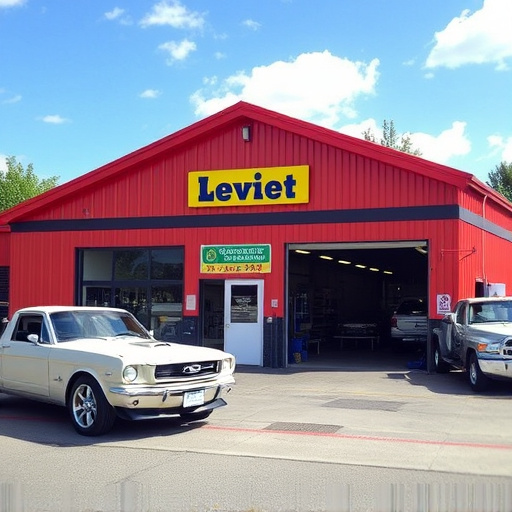
Efficient Navigation is Key to Expediting Post-Accident Frame Analysis. Streamlined processes and cutting-edge technology play a pivotal role in accelerating the evaluation process. Modern digital tools enable detailed, swift, and accurate assessments of vehicle damage, from minor fender benders to severe collisions. These innovations streamline the initial inspection phase, allowing body shop professionals to quickly establish the scope of work required for repairs.
This efficiency translates into faster turnaround times for customers, ensuring their vehicles are restored promptly. Moreover, efficient navigation during frame analysis can help identify potential hidden damage or structural issues that might be overlooked in a hasty assessment. Thus, it’s not just about speed but also about ensuring comprehensive and safe vehicle body repair, whether it’s for hail damage repair or more complex scenarios.
Post-accident frame analysis, a crucial process in understanding and improving safety, typically takes 1-2 weeks. This timeframe is influenced by factors like accident complexity, available data, and scope of investigation. Efficient navigation techniques can significantly expedite this process, ensuring quicker insights and actions to enhance future safety measures. By optimizing the post-accident frame analysis, organizations can navigate through incidents more effectively, fostering a culture of continuous improvement and enhanced operational resilience.
